 H. J. Gingles Building
H. J. Gingles Building
Entry Category: Arts - Starting with H
 H. J. Gingles Building
H. J. Gingles Building
H. M. Anderson House
Habicht-Cohn-Crow House
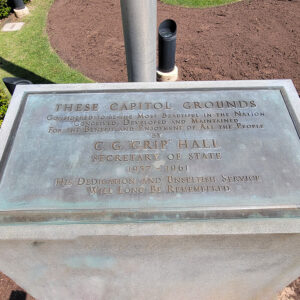 Hall Plaque at Capitol
Hall Plaque at Capitol
 Lawrence Hamilton
Lawrence Hamilton
Hamilton, Lawrence Olivier
Hampton Waterworks
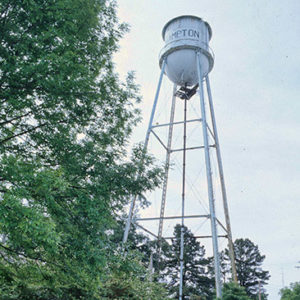 Hampton Waterworks
Hampton Waterworks
Hancock, James Carl
 Hanger House
Hanger House
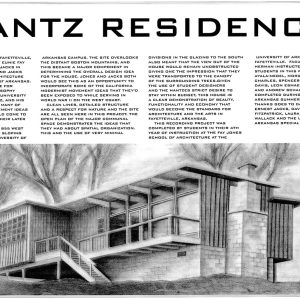 Hantz House
Hantz House
 Hardcastle Folk Art
Hardcastle Folk Art
 Vicki Hardcastle
Vicki Hardcastle
Hardin, Louis Thomas “Moondog”
aka: Louis T. Hardin
 Dexter Harding House
Dexter Harding House
Harding, Thomas, III
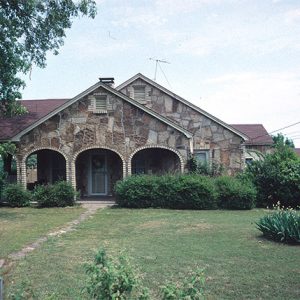 Wilbur and Mary Harrington House
Wilbur and Mary Harrington House
Harrison, Allie Cleveland
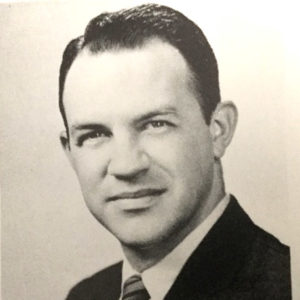 Cleveland Harrison
Cleveland Harrison
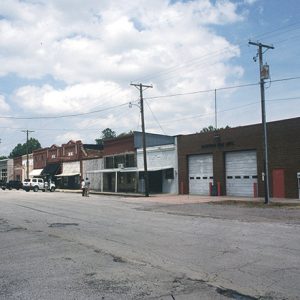 Hartford Commercial Historic District
Hartford Commercial Historic District
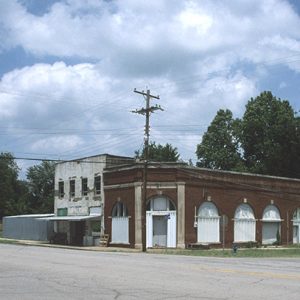 Hartford Commercial Historic District
Hartford Commercial Historic District
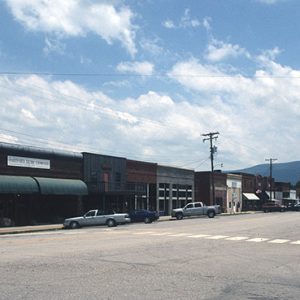 Hartford Commercial Historic District
Hartford Commercial Historic District
Hartford Music Company and Hartford Music Institute
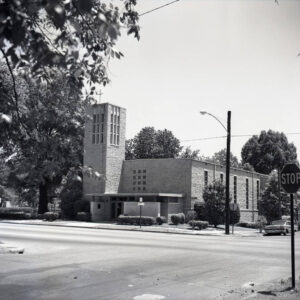 Harvey Hicks Memorial Baptist Church
Harvey Hicks Memorial Baptist Church
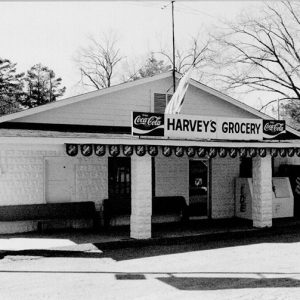 Harvey's Grocery and Texaco Station
Harvey's Grocery and Texaco Station
Harvey’s Grocery and Texaco Station
Hatfield, Lester Gene
Hathaway, Isaac Scott
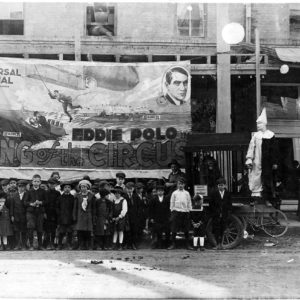 Hauber Theatre
Hauber Theatre
Hawkins, Dale
aka: Delmar Allen Hawkins
Hawkins, Ronnie
aka: Ronald Cornett Hawkins
Hayes, Morris Kevin
Hays, Lee Elhardt
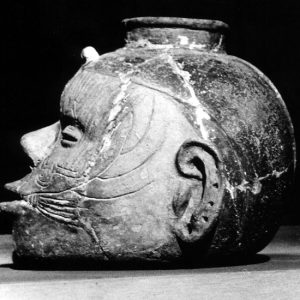 Head Pot
Head Pot
Headquarters House Museum
aka: Tebbetts House
 Heaven’s Window
Heaven’s Window
 Education, Mural by Paul Heerwagen
Education, Mural by Paul Heerwagen
Heerwagen, Paul Martin
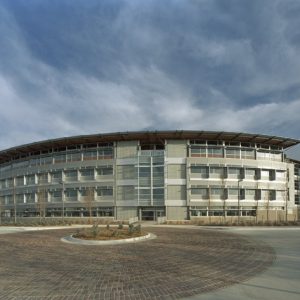 Heifer Project International World Headquarters
Heifer Project International World Headquarters
Helena Depot
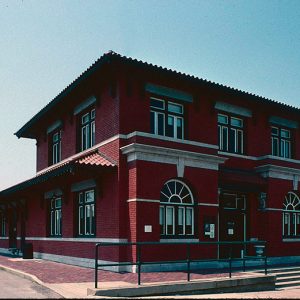 Helena Depot
Helena Depot
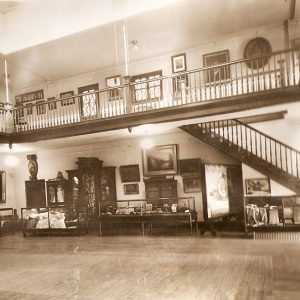 Helena Museum Interior: 1938
Helena Museum Interior: 1938
 Helena Museum Interior: 2021
Helena Museum Interior: 2021
Helena Museum of Phillips County
aka: Helena Library and Museum
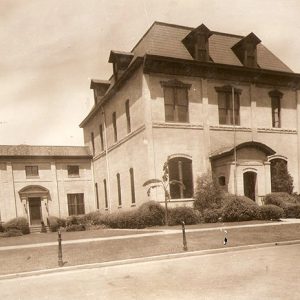 Helena Museum of Phillips County
Helena Museum of Phillips County
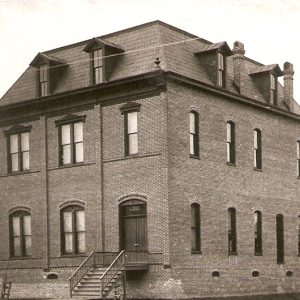 Helena Public Library
Helena Public Library
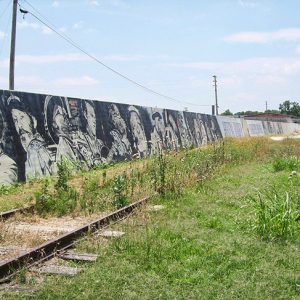 Helena-West Helena Levee Art
Helena-West Helena Levee Art
Helm, Levon
aka: Mark Lavon Helm
 Levon Helm
Levon Helm
 Hemingway House
Hemingway House




